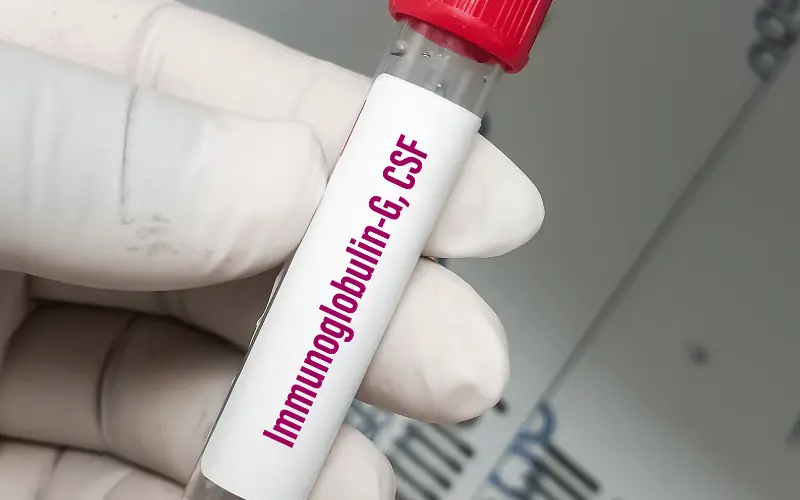Introduction: Navigating Neutropenia Treatment Landscape
Neutropenia, characterized by abnormally low levels of neutrophils in the blood, is a condition that often arises as a side effect of cancer treatments or as a symptom of various medical conditions. The management of neutropenia is critical, as it directly impacts a patient’s immune system and their ability to combat infections.

This article aims to elucidate the top ten treatment options available for neutropenia, offering insights into their effectiveness, usage, and implications for patient health.
Understanding the intricacies of these treatments is vital for patients, healthcare providers, and caregivers. Each treatment option carries its own set of advantages and considerations, tailored to the specific needs and medical histories of individuals. The goal of this discussion is not only to inform but also to empower those affected by neutropenia to make educated decisions about their health care.
Each of these treatment options offers a unique approach to managing neutropenia, tailored to the specific needs and circumstances of the patient. The choice of treatment is a decision made in consultation with healthcare professionals, taking into account the patient’s overall health, the severity of the neutropenia, and the underlying causes. By understanding these options, patients and caregivers can engage more actively in their healthcare and make informed decisions about their treatment pathways.
1. G-CSF Therapy – Revitalizing Bone Marrow Function

Granulocyte-Colony Stimulating Factor (G-CSF) therapy stands as a beacon of hope for neutropenia patients. It specifically targets the bone marrow, the body’s neutrophil production center.
Medications like Filgrastim and Pegfilgrastim, classified under G-CSF, are at the forefront of this treatment. They work by stimulating the bone marrow to ramp up the production of neutrophils. This approach directly addresses the root cause of neutropenia, especially when induced by chemotherapy.
In cases where chemotherapy depletes neutrophil levels, G-CSF therapy shines as a critical intervention. It not only accelerates neutrophil recovery but also minimizes the interruption of cancer treatment. Patients undergoing chemotherapy often face the challenge of balancing cancer treatment with the management of side effects. G-CSF therapy aligns with this need, ensuring continuous and effective cancer treatment without the setbacks of neutropenia.
G-CSF therapy is not a one-size-fits-all solution. The choice of specific G-CSF medication and dosage varies from patient to patient. Factors like the severity of neutropenia, overall health, and response to chemotherapy influence this decision. Healthcare providers meticulously assess these aspects to customize the treatment. This personalized approach enhances the efficacy of G-CSF therapy, making it a versatile and dynamic treatment option.
While G-CSF therapy is transformative, it demands careful monitoring. Regular blood tests are essential to track neutrophil levels and adjust treatment as needed. Side effects, though generally mild, require attention. Bone pain and mild fever are common, but manageable with guidance from healthcare professionals. Thus, G-CSF therapy, under vigilant medical supervision, offers a robust solution to combat neutropenia. (1)